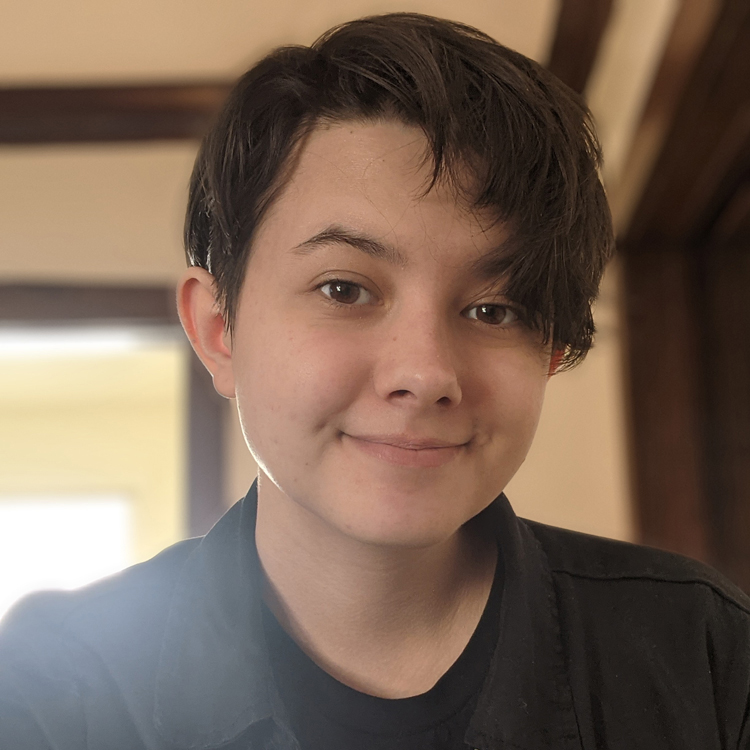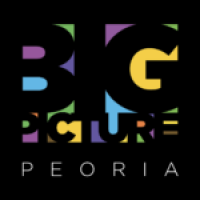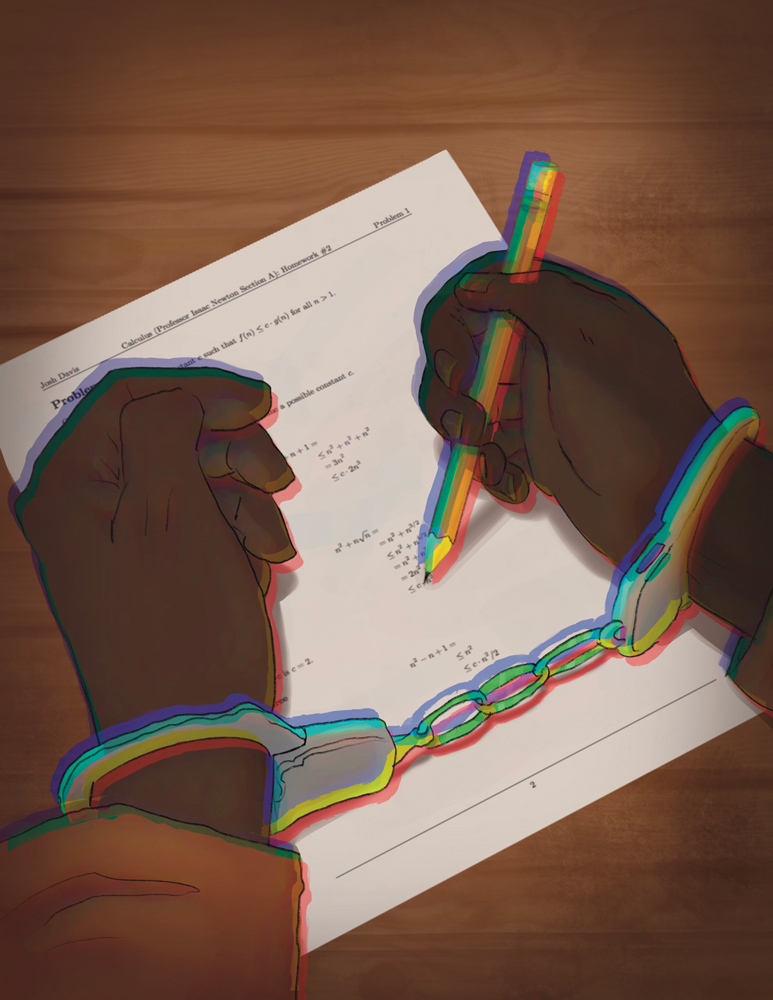by Kianna Goss
According to the U.S. Department of Education Office of Civil Rights, African American students are 3.5 times more likely than their white classmates to be suspended or expelled. In many regards, the U.S. education system has a “school-to-prison pipeline.” The American Civil Liberties Union defines this term as a national trend where children are pushed out of public schools and into the juvenile or criminal justice system.
Students are pushed into prisons because there are zero-tolerance policies enforced inside of their schools. SharedJustice.org notes that zero-tolerance policies require school officials to give students harsh punishments, which leads to suspension or expulsion. Therefore, reporting minor incidents to law enforcement based on this policy makes it easier for students to be criminalized. Once inside of these detention centers and prisons, youth are treated inhumanely as they are locked in cells and face abuse by inmates or prison guards.
An example of a youth who faced abuse in prison was Kalief Browder, a young New York teen who was wrongfully convicted of a robbery at the age of sixteen in 2010. Browder did three years in jail on Rikers Island. Jennifer Gonnerman, a writer for The New Yorker, reported about the physical abuse he faced by inmates and guards on Rikers. Browder’s abuse and solitary confinement led him to paranoia, ultimately resulting in several suicide attempts. After being released for two years, Browder hung himself at the age of 22 in his apartment due to this mental trauma.
Browder’s horrific experience is just one example of youth being dehumanized inside of the prison system. Watching the Netflix documentary “13th” gives insight into how the American prison system fails people of color. This documentary argues that mass incarceration is an extension of slavery in the United States. It demonstrates the comparisons between African American enslavement to people of color being targets for the criminal justice system. It can be difficult to watch—there are videos of individuals being beaten in prison, images of scars from African American slaves, and scenes of intense police brutality.
It is important to understand if the school-to-prison pipeline is a problem in your local area. To find out more, search your school district here: https://ocrdata.ed.gov. If your school comes up in the database, click on the school discipline report. Look at the report and notice the racial breakdown of the students who receive in-school suspensions, out-of-school suspensions, and expulsions.
There should be programs placed inside of schools that reinforce positive behavior instead of suspension. For example, the program “Broader Urban Involvement & Leadership Development” (BUILD) engages at-risk-youth in schools and on the streets to help them understand their potential to contribute to their communities. More programs like this inside of schools could prevent students from repeating the same negative behaviors, avoid trouble with the law, and continue to push forward their education.
He, She, They, and We are not criminals. Students are youth who need more guidance and support from schools.
About Kianna Goss

Kianna Goss is a junior at Bradley University, majoring in journalism with a double minor in sociology and advertising with public relations. Community involvement requires the use of one’s voice; in Goss’s case, her voice, which she expresses through writing, is one of the strongest platforms she has. Being a Black woman, Goss often writes to give a voice to the Black community. In doing so, she gains control over a media narrative that portrays the Black community in a negative way. As a writer who expresses herself through many different forms expressions, she has written poetry, blogs, newspaper articles, and opinion pieces. She is always looking for more opportunities to grow as a writer and personally. Goss is involved in many organizations at Bradley University. She is currently the marketing/ communications director for Bradley’s Communication Agency, a peer mentor for the Office of Diversity and Inclusion, a writer for the student newspaper The Bradley Scout, and a caller at the Bradley Fund. Being able to explore her creativity is what Goss loves most about Bradley. The Communications department is molding her into the journalist she aspire to be.
Art by Aryanne Westfall

Aryanne “Ary” Westfall is a sophomore at Bradley University majoring in Animation and minoring in Theatre Arts. She is pursuing a career as a storyboard artist and enjoys creating graphic novels in her free time. As a member of the Digital Art Team, Westfall spends her time connecting with other artists and creating as much as she can.

